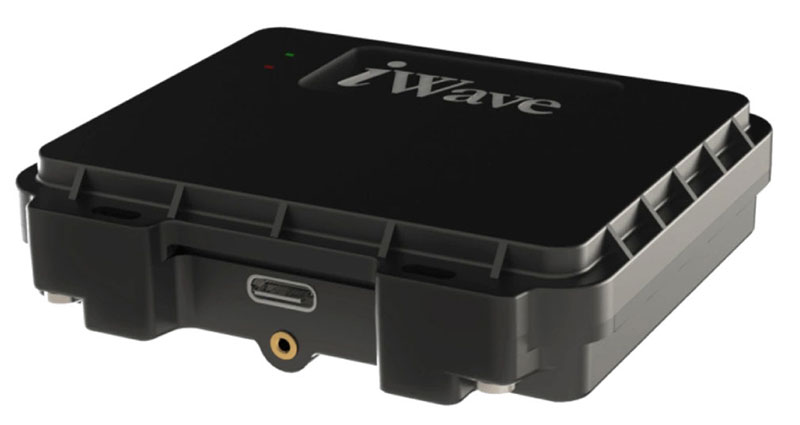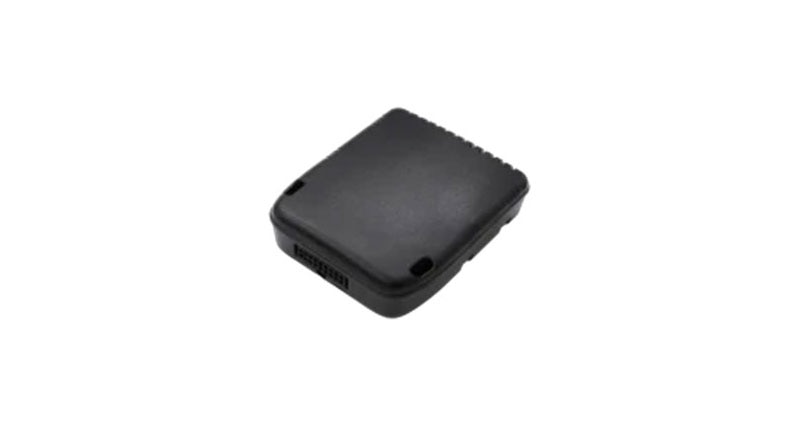RFSoC Technology Redefines Radio Telescope Digital Backend Receivers
We are entering a new era of multi-frequency astronomy, where the simultaneous observation of different types of radio waves enhances our understanding of the universe far beyond what individual observations could achieve. Just as you tune a radio to a specific station, radio astronomers can tune their telescopes to pick up radio waves from sources millions of light-years away. These telescopes can be adjusted to observe a wide range of frequencies, allowing scientists to gather diverse data about cosmic phenomena. Using advanced computer algorithms and sophisticated signal processing techniques, astronomers can decode these signals to study a variety of cosmic events and structures, including the birth and death of stars, the formation and evolution of galaxies, and the diverse types of matter that compose the universe.
A radio telescope is a specialized astronomical instrument designed to detect and analyze radio-frequency radiation across a broad range of wavelengths, from about 10 meters (30 megahertz [MHz]) to 1 millimeter (300 gigahertz [GHz]). This radiation is emitted by various extraterrestrial sources such as pulsars, stars, galaxies, and quasars. The effectiveness of a radio telescope in detecting faint radio emissions depends on several key factors: the size and efficiency of its antenna, the sensitivity of its receiver for signal amplification and detection, and the quality of its data processing capabilities.
Modern digital backend receivers incorporate cutting-edge technology to significantly enhance the clarity and detail of astronomical observations. These advanced receivers utilize sophisticated algorithms and high-performance hardware to handle large data volumes efficiently, enabling astronomers to achieve unprecedented precision in their studies.
The main component of a radio telescope system is the receiver. Its primary role is to convert the analog signals collected by the antenna into digital form, which is essential for advanced signal processing. This conversion process involves several critical tasks, including filtering out noise, amplifying weak signals, and precisely digitizing the incoming radio waves. Additionally, the digital backend receiver is responsible for managing high-speed data transmission, ensuring that vast amounts of observational data can be rapidly and accurately processed and analyzed.
By Improving signal-to-noise ratios and providing finer resolution, they allow researchers to delve deeper into the intricate details of cosmic phenomena. The integration of these advanced digital backend receivers into radio telescopes has revolutionized the field of radio astronomy. This technological leap has opened new avenues for research and discovery, offering profound insights into the cosmos and its myriad phenomena. The enhanced capabilities of modern radio telescopes enable the study of faint and distant objects, the detection of subtle cosmic signals, and the exploration of the universe's fundamental processes.
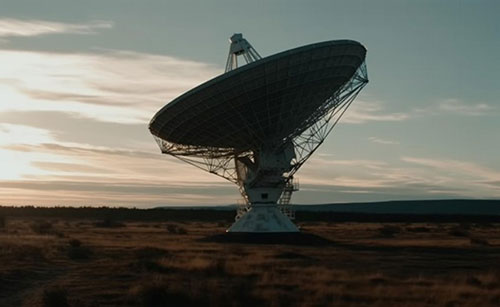 Figure 1: Radio telescopes have revolutionized the field of radio astronomy. (Image source: iWave)
Figure 1: Radio telescopes have revolutionized the field of radio astronomy. (Image source: iWave)
As we continue to refine these instruments and develop innovative techniques, the potential for groundbreaking discoveries in astronomy is bound to increase. The ongoing advancements in digital backend technology will further empower astronomers to uncover the mysteries of the universe, from the formation of galaxies and the lifecycle of stars to the properties of dark matter and the nature of cosmic inflation. The future of radio astronomy holds exciting possibilities, driven by the relentless pursuit of knowledge and the continuous improvement of our observational tools.
The iW-RainboW-G42M System on Module (SoM)(Figure 2) integrates the ZU49DR and is compatible with the ZU39 and ZU29. This SoM comprises a multifaceted processing system, housing an FPGA, Arm Cortex-A53 processor, and a real-time dual-core Arm Cortex-R5, alongside high-speed ADC & DAC channels, enabling seamless acquisition, processing, and response to RF signals. It is equipped with onboard 8 GB 64-bit DDR4 RAM featuring error correction code for the processing system and an additional 8 GB 64-bit DDR4 RAM dedicated to programmable logic. The RFSoC SoM stands out with its industry-leading RF channel count, offering 16 Channel RF-DACs @ 10 GSPS and 16 Channel RF-ADCs @ 2.5 GSPS.
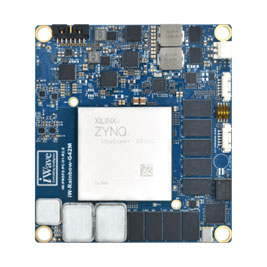 Figure 2: The iW-RainboW-G42M SoM houses an FPGA, an Arm Cortex-A53 processor, and a real-time dual-core Arm Cortex-R5. (Image source: iWave)
Figure 2: The iW-RainboW-G42M SoM houses an FPGA, an Arm Cortex-A53 processor, and a real-time dual-core Arm Cortex-R5. (Image source: iWave)
This SoM incorporates an integrated ultra-low noise programmable RF PLL that streamlines SoM utilization in end products, addressing concerns related to intricate clocking architecture. This integration amplifies the system's signal processing bandwidth throughout the RF signal chain, bolstering SyncE and PTP network synchronization and ensuring optimal synchronization levels. Leveraging the AMD Zynq UltraScale+ RFSoC Gen3 device, this module is ideal for RF systems necessitating a compact footprint, low power consumption, and real-time processing capabilities. It serves as a drop-in solution for customers seeking to streamline design architecture, accelerate the deployment of astronomical digital backends for radio telescopes, and minimize device power consumption and hardware development costs.
iWave introduces an innovative RFSoC PCIe ADC DAC data acquisition card (Figure 3), powered by the G42M Zynq UltraScale+ RFSoC SoM. The card features a 3/4 Length PCIe Gen3 x8 Host Interface connecting it to the computer/server. Incorporating cutting-edge RF and signal integrity design methodologies, this card ensures high-speed connectivity. Its adaptability allows seamless integration into various applications, presenting a versatile solution for field deployment.
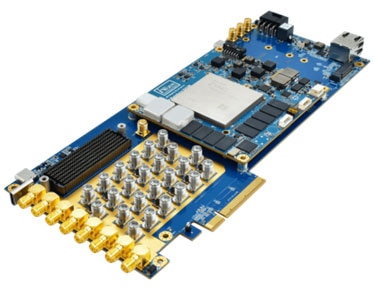 Figure 3: iWave’s iW-G42P-ZU49-4E008G-E032G-LIA card features a 3/4 Length PCIe Gen3 x8 Host Interface connecting it to the computer/server. (Image source: iWave)
Figure 3: iWave’s iW-G42P-ZU49-4E008G-E032G-LIA card features a 3/4 Length PCIe Gen3 x8 Host Interface connecting it to the computer/server. (Image source: iWave)
Augmenting the on-chip resources of the RFSoC, the iWave RFSoC ADC DAC PCIe Card offers:
- 16 ADC Channels
- 4 x Right Angle SMA connectors on the Front Panel with Balun (BW
-800 MHz - 1 GHz) - 4 x Straight SMA connectors with Balun (BW
-800 MHz-– 1 GHz) - 4 x Straight SMA connectors with Balun (BW
-700 MHz - 1.6 GHz) - 4 x Straight SMA connectors with Balun (BW
-10 MHz-– 3 GHz)
- 4 x Right Angle SMA connectors on the Front Panel with Balun (BW
- 16 DAC Channels
- 4 x Right Angle SMA connectors on the Front Panel with Balun (BW
-800 MHz-– 1 GHz) - 4 x Straight SMA connectors with Balun (BW
-800 MHz - 1 GHz) - 4 x Straight SMA connectors with Balun (BW
-700 MHz - 1.6 GHz) - 4 x Straight SMA connectors with Balun (BW
-10 MHz - 3 GHz)
- 4 x Right Angle SMA connectors on the Front Panel with Balun (BW
- NVMe PCIe Gen2 x2/x4 M.2 Connector
- FMC+ HSPC Connector
Both the SOM and the PCIe Card are market-ready, complete with comprehensive documentation, software drivers, and a board support package. iWave's product longevity program ensures modules are available for extended periods (10+ years).
Summary
Radio telescope digital backend technology advancements will help astronomers uncover the mysteries of the universe and iWave components are there to help. From the iW-RainboW-G42M SoM to the iW-G42P-ZU49-4E008G-E032G-LIA PCIe card, iWave is there to assist radio telescope designers in enhancing their digital backends.

Have questions or comments? Continue the conversation on TechForum, DigiKey's online community and technical resource.
Visit TechForum






